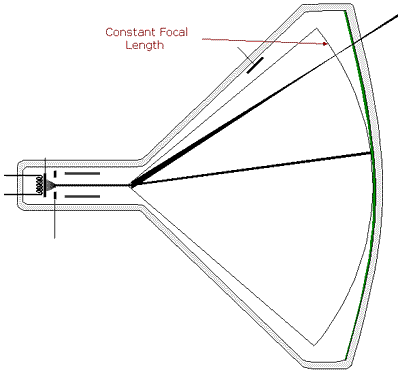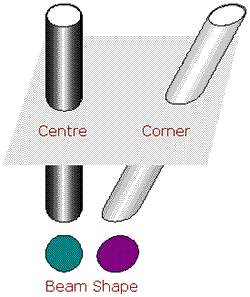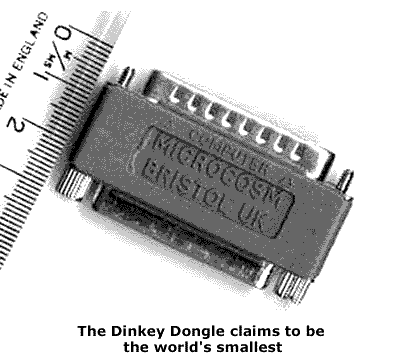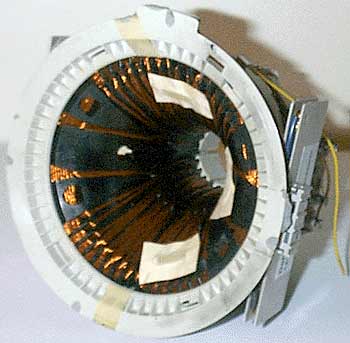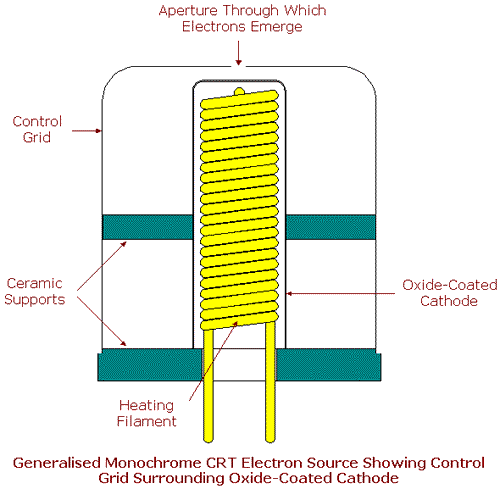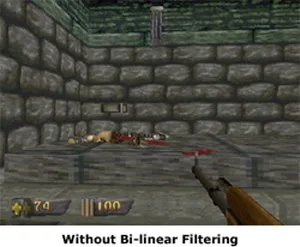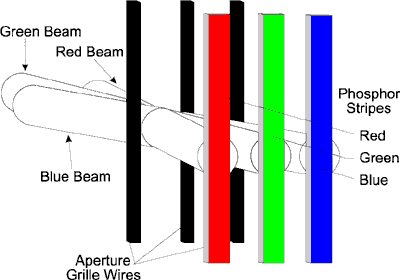Electro-Luminescence (EL)
Elegant in their simiplicity, electro-luminescent displays offer the thinnest profile of any colour flat panel technology. The principle of EL displays is very simple. In construction they consist of an upper and lower substrate and upper and lower electrodes sandwiching a material which will give off light when high frequency voltage is applied. The whole … Read more


